Plugins Aren’t Perfect Yet: 5 Top Engineers Share Their Wishlist for Plugin Improvements
Plugins are essential to an audio engineer’s workflow, and they’re improving every day.
But virtual tools for tracking, mixing, mastering, editing and audio post aren’t perfect yet. SonicScoop asked top audio engineers from across the professional spectrum what else they’d like to see, and we got some eye-opening requests: from upgrades in visual feedback to controls, intentional imperfections, new modes and more.
Along the way, these experts chimed in the plugins that are doing exemplary work, plus some dynamite tips on how they make the most of their plugs.
Following is their Plugin Wishlist – developers, are you listening? SonicScoop readers, don’t hesitate to add your own requests in the Comments section following the article, to help push plugins even further.
Role in the Studio: Producer, Engineer, Mixer, Writer
Credit Highlights: Coldplay, John Legend, Rachel Platten, Ronnie Spector, Vampire Weekend Recent/Current: Cory Henry, Deva Mahal, Michael Blume, Katini Yamaoka. Check out…Deva Mahal, “Run Deep”
My Plugin Philosophy: Plugins are very important in the process, but often play second fiddle to analog hardware, which do a bit more to shape my sound.
Having said that, if I had a philosophy about plugins, it would be simply to not let them interfere with the music-creation process. I don’t like to have infinite choices of plugins – just places I can quickly go to get what I am looking for.
I often divide plugins into two categories: ones that do the job well, in a utilitarian fashion; and ones that offer color. So, the common thread would be that they fall into one of these two categories. Specifically, I love UAD, Soundtoys and Valhalla for color; and Waves, Massey and iZotope for getting it done.
I’d Love it if… I’d like to see plugins be a little less literal. It’s great to have near-perfect emulations of boxes from the 1950’s and 60’s but this isn’t always interesting. As an example, SoundToys has an emulation of the EMT 140 Plate Reverb. It sounds excellent, but they included a few features (infinite decay and modulation) that don’t exist on actual plates, enabling the user to make sounds that you’ve never heard an EMT 140 make. This is cool.
I’d also like to see more plugins with a “Wet/Dry” setting. I find this to be one of the most interesting/useful parameters – and relatively few manufacturers do it. In the world of plugins, this should be pretty easy to achieve and I can’t see why it wouldn’t be a part of most every plugin.
This is more of a dream than a likelihood, but I’d like to see plugins have more randomness and anomalies. Most analog gear is exciting because of the tiny variations that happen when you send signal through it. I see this as an area where plugins can venture. It’s nice when certain things are not repeatable.
They Got It Right: SoundToys – They incorporate “Wet/Dry” on just about everything. They have clever, very human attributes in their plugins such as “rushing/dragging” in their delay plugin, Echoboy. Brilliant.
Massey – Their ease of use and sonics are top notch. Their 2007 limiter and their de-esser are unmatched.
ValhallaDSP – Such great sounding reverbs, both real and surreal. Amazing user interface.
Role in the Studio: Doin’ it ALL. Outloud Audio offers ADR and dialog recording studios in New York City and Los Angeles.
Credit Highlights: Westworld, Homeland, Veep, NCIS, Ducktales, Lego Star Wars, see the full list on IMDB
My Plugin Philosophy: The most important plugins in post are EQ, compression, and pitch. We use these on every session to get the sound of the dialogue to the mix stage in the most mix-ready fashion possible, and in many cases, as close to the original dialogue as we can.
I demo everything as I am always looking to gain an edge and provide our clients with the best audio we can deliver. The most common thread in our plugins is quality, reliability and low overhead usage. We need to use these plugins frequently while tracking so they need to be AAX or exhibit no noticeable latency.
I’d Love it if…I personally love the mix feature on some plugins allowing to mix dry and wet signals in both time based and gain reduction realms. I really rely on visual feedback as well – clear and informative levels, gain reduction and output for staging. Pretty GUI’s are great, but we are about the work, so more pertinent information is always better.
They Got It Right: For Post Production – iZotope RX is our go to for cleaning up audio – we even have programmed quick keys to process the most usual audio offending suspects – this plugin is indispensable!
Digi stock plugins are AAX compatible, use system resources sparingly, sound great, and never crash. You’ve heard these plugins on every TV show you’ve watched in the last 10 years so don’t pass them over since they come for free with Pro Tools – these plugins rock!
For my music side, I have to say the Universal Audio UAD stuff has made me a convert and if I had to choose, I would say their EMT reverbs are my desert island must-haves.
Role in the Studio: Composer, Producer and Mix Engineer
Credit Highlights: I recently released the 2Beeps Little Lights EP and mixed the song “A Little Closer” by My Favorite Things.
My Plugin Philosophy: My setup is completely in the box, so plugins are the primary tools I use to make a project’s vision come to life. I look for plugins that are easy to use, offer something unique, or serve a purpose better or easier than what I already have. The plugins I reach for most are the ones that get the job done fast, or have a sound quality I love.
I’d Love it if… I’d love it if every plugin had input and output gain controls and wet/dry control. Input knobs help me adjust for gain staging issues, and output controls are useful when I want to hear the plugin’s effect at the same volume as the unaffected signal.
Wet/dry is similar to using a parallel channel, but it allows me to do “in-line” parallel processing. For example, I might want to tap the signal and add a parallel amp sim after one plugin, yet before another. To do this without wet/dry control involves at least three audio paths in my DAW (original, parallel, then both bussed together).
Lastly, I’d like developers to give more love to the GUI. We’re altering sound, but we’re using our eyes and hands to do it. Easy to read, large, intuitive interfaces help me work faster and stay in the zone.
They Got It Right: Gotta give it up to all the FabFilter plugins, but especially the Pro-Q 2. The beautiful adjustable display is just the start of what I like about it. Double clicking on the edges makes a hp/lp filter, single clicking on the edges makes a shelf, scrolling changes the Q, it has scalable dB ranges, input/output gain and wet/dry knobs, and the list goes on and on. It’s the king of clinical EQ’s, and it has a place on almost every track in my sessions.
Serum FX is another plugin I reach for often. It’s a rack of common processors like stereo spreading, multi-band compression, distortion, reverb, delay, etc., and while it does none of these things better than other plugins, it’s incredible easy and fast to use. In a few seconds I can insert numerous effects and re-order them, all from one instance of the plugin. It’s a spinoff from the wonderful Serum synth by Xfer Records.
I have to mention UAD somewhere in here, so I’m going to give a shout to two of my favorites—the Lexicon 224 and the Manley Massive Passive. These are magical tools for me. While I’m generally not sold on developers modelling their GUIs after the original gear, I give UAD a pass because these sound fantastic and offer something I’ve not found in other plugins. As an in-the-box mixer, using UAD plugins lets me access famous processors I can’t afford nor have room for. I like to imagine plugins evolving to the point where they have FabFilter’s focus on interfaces combined with UAD’s focus on sound quality. I can’t wait!
Role in the Studio: I am a Producer and a Director at my own audio visual production company World Alert Music.
Credit Highlights: Public Enemy, Wynton Marsalis, Carl Thomas, Eric Clapton, Willie Nelson, Jon Batiste, Chick Corea, Ken Burns, Talking Heads. Check out…“Dali” live by Wynton Marsalis.
My Plugin Philosophy: If I use any at all, I use simple plugins on input channels. I use simple chains on stem masters and complex chains on my mix bus.
I like plugins with exact engineering parameters. I generally stay away from magic box type plugins. I prefer to develop my own magic box out of chains I develop. I’m sort of anti-automatic camera in that way.
Since plugins really only offer a facsimile of what’s available in an old school analog studio I try to think about how to make them do something more than the hardware they model. For instance, I’ll automate a Fairchild model because that is something no tube gear could ever do.
I rarely demo Plug-ins because I’m a sound freak and once I have tasted something I want to assimilate it into my arsenal, doesn’t matter what it is. I can’t afford every plugin in the world (something I really want) and it hurts to demo something and have to lose it. I’d rather buy a plugin that was recommended by a top level experienced friend in the industry. That way I don’t have to lose it even if I don’t end up using it much to start.
Generally, I stick with a set group of plugs that I know and love. If I venture outside of that group it takes a long time to assimilate a plugin into my workflow. The chains I experiment with are complex. Some chains have 15 plugins and often the chains have opposing components by design, like one EQ that boosts and another that cuts in the same frequency range. I think of it like tuning a drum with opposing lug nuts to get the head (the music) to bounce properly.
I’ve bought a few subscription packages because the price is cheap and I get lots of toys to play with. Even if I don’t play with them all much of the time I keep the subscription, “yous neva know” when you might need a new can opener on the next project.
I’d Love it if…I like exact parameters in my plug-ins — I’d like to see more plug-ins have direct numeric readout for the settings. There are some excellent plugins I use that don’t give me that. I can hear a 1/10th of a DB in the digital domain, it changes the feeling of the music. I always want to know exactly where I’ve been and where I’m going with an exact numeric read out. I get a readout on Waves and Sonnox plugs, but UA plugs don’t have this function.
I think it behooves any designer to include an expert user mode. I often seek to change characteristics of the plugin that are deeper than the normal user GUI. Some plugins have this kind of global modification function but many do not. I particularly like added detail in the functionality of plugins’ parameters.
I think submenus for expert level users is a good idea. Slate has this on some of his plugs. Thinking out of the box here: What if each instance of a plugin universally included a bit depth submenu? I’ve found one path to getting added sonic dimension is to use different depths in the same template. I think of it as akin to digital representation of 8mm film in a movie. Mashups of different resolutions is part of the vocabulary of expression, hence use of “telephone sound” in pop records. Why should bit depth be relegated to L2 and L3? Couldn’t all plugins have master settings taking them from six- or eight-bit to 64-bit? Could be interesting!
They Got It Right: I love Sonnox’s Fraunhofer Pro-Codec. Its half-plugin, half-utility. Until I got this plugin I couldn’t really analyze the MP3 degradation of my mixes in real time and was always making multiple generation copies and listening on different systems to see what was real. That translation is so important.
My monitoring is set up where I can listen to 96k 24-bit signal in real time at 44.1/16-bit 128 kB per second MP3 in real time. It makes me work extra hard like I was listening to the mix through Auratone speakers years ago (we used to call them “awful tones”). Unlike many guys who want to listen through an amazing playback system, I work for a long periods of time in mono with a degraded mashed up signal. Pro-Codec lets me do that.
I’m a big fan of convolution reverbs. My go-to is Audio Ease Altiverb and I think it’s great. As one of the earliest convolution plug-ins, Audio Ease continues to improve on this product and I consider it outstanding. I use it in tracking, mixing, and mastering. In tracking I give the song the correct ambiance so the musicians feel good and play better. With each piece of music I change the settings a little to compensate for tempo and key and style.
I’ve been using the Universal Audio EMT 140 plate a lot these days. Very natural sounding, at just the right colors my ears want to hear. UA has got it down, the modeling is superb and they were the first to do higher level math with their plugins. Then when the operating system caught up, the brilliant move of creating The Apollo interfaces cinched their portion of the industry in my mind.
Role in the Studio: Maor Applebaum — Owner and Mastering Engineer
Credit Highlights: Check out…Faith No More – “Sol Invictus”, Meatloaf – “Braver Then We Are”, Yes – “Heaven & Earth”, Eric Gales – “Middle Of The Road”
My Plugin Philosophy : For me plugins are like any other audio tool. They work and react differently than hardware, but still can bring something great to the table and are highly usable for so many reasons. In some situations they can fit even better then hardware.
I like when plugins are simple to use and don’t require too much work to get a nice sound from them. It does help when the GUI is easy on the eyes in terms of what it laid out in front of you. Sound quality is super important, but also workflow.
I’d Love it if… Plugins had better metering, and were consistent with all the other ones out there so that what we read is consistent across the board. In other words, setting a standard way of calculating the measurements and applying them to all the meters on all the plug-ins.
They Got It Right: The fact that these plugins are still in use for so many years tells you that they’re done well:
Waves L2 Ultramaximizer – So many records have that plugin and/or hardware unit as part of the sound. It’s a staple for so many years and still in use.
Sonnox Inflator – Very flexible when it comes to adding level and saturation in a nice way – a pleasing sound.
Massey L2007 mastering limiter – It just works! Easy to use, good sound – what more can I say?
Please note: When you buy products through links on this page, we may earn an affiliate commission.







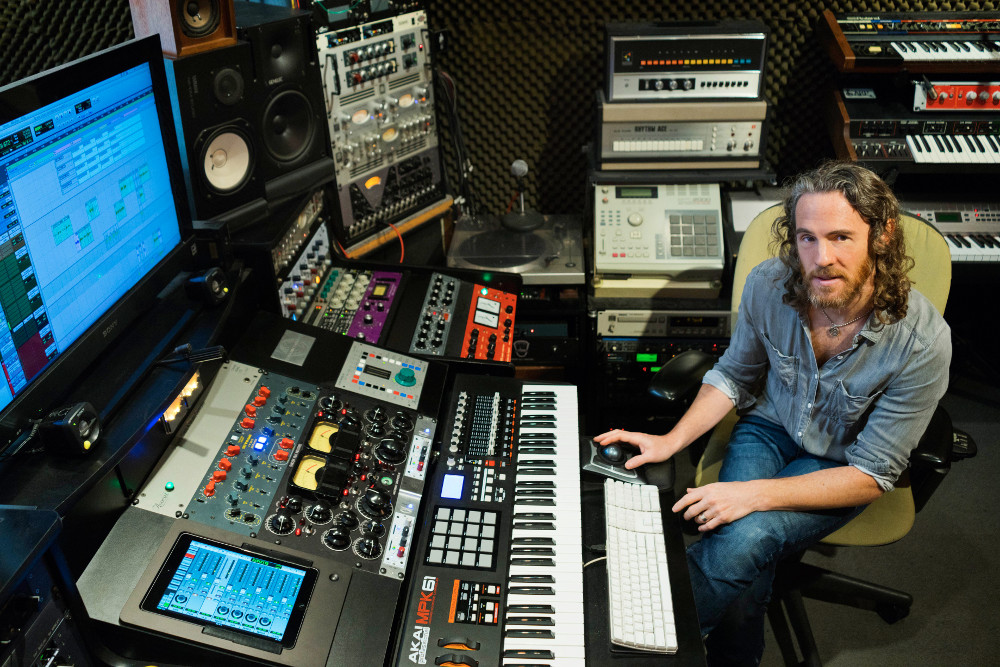
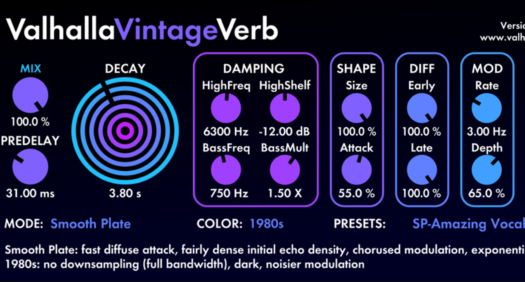
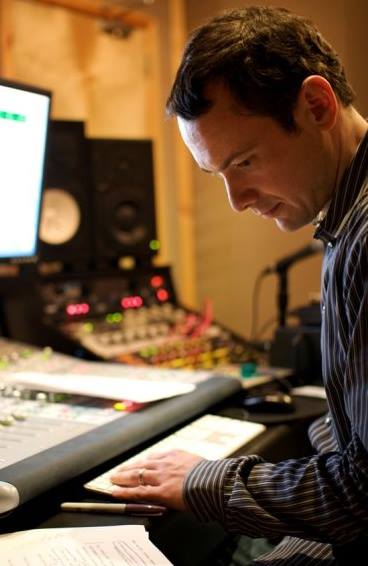

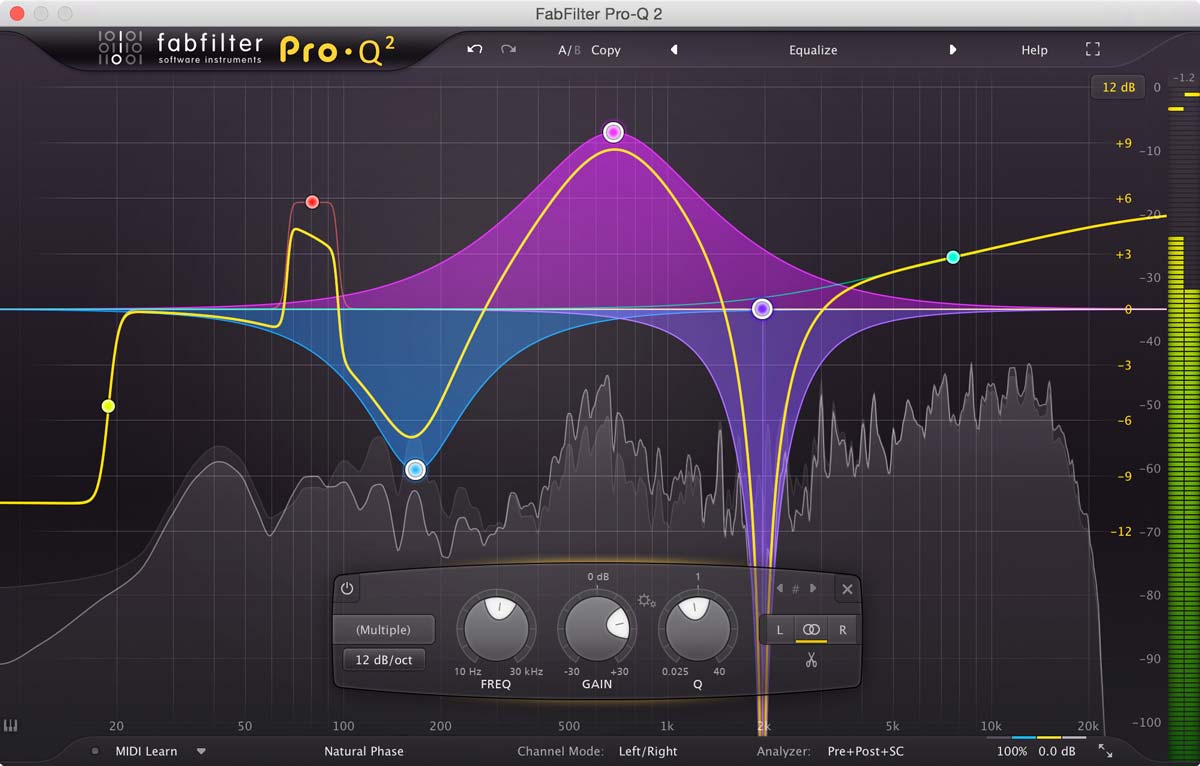
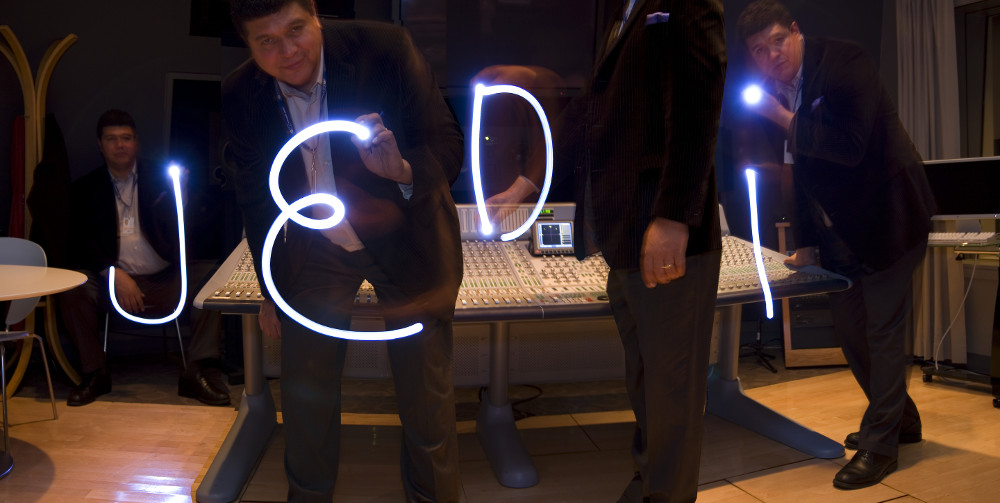
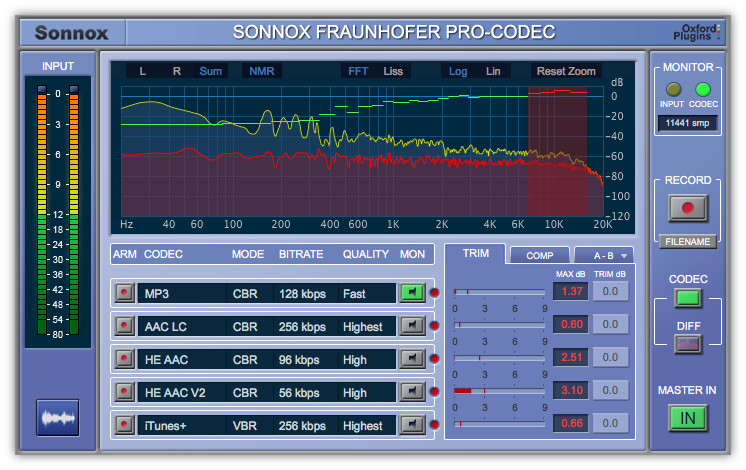
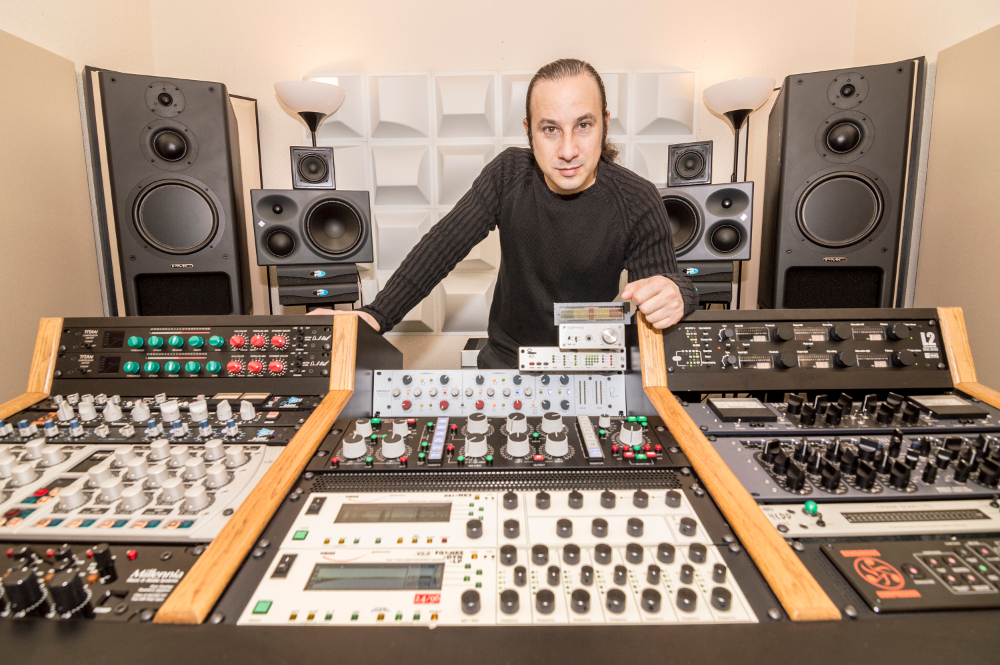
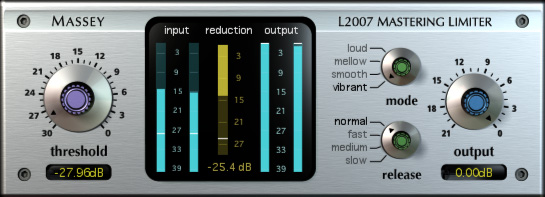
Tiago Lorena Dutra
November 27, 2017 at 1:57 pm (7 years ago)“I’d Love it If…” developers would just get over emulating classics (and exotics) and start making original designs. Would also love to see dedicated hardware controllers for plugins (i.e. Softube Console 1), with proper mapping and feel. I can only imagine how great it would be to have a channel strip designed by Massey Plugins or SoundToys with a hardware controller such as Console 1, where every control is right there, no need to scroll through pages and menus.
HotGritz-
December 3, 2017 at 8:58 am (7 years ago)Greatly needed for guy’s like me knobs equal opportunity!